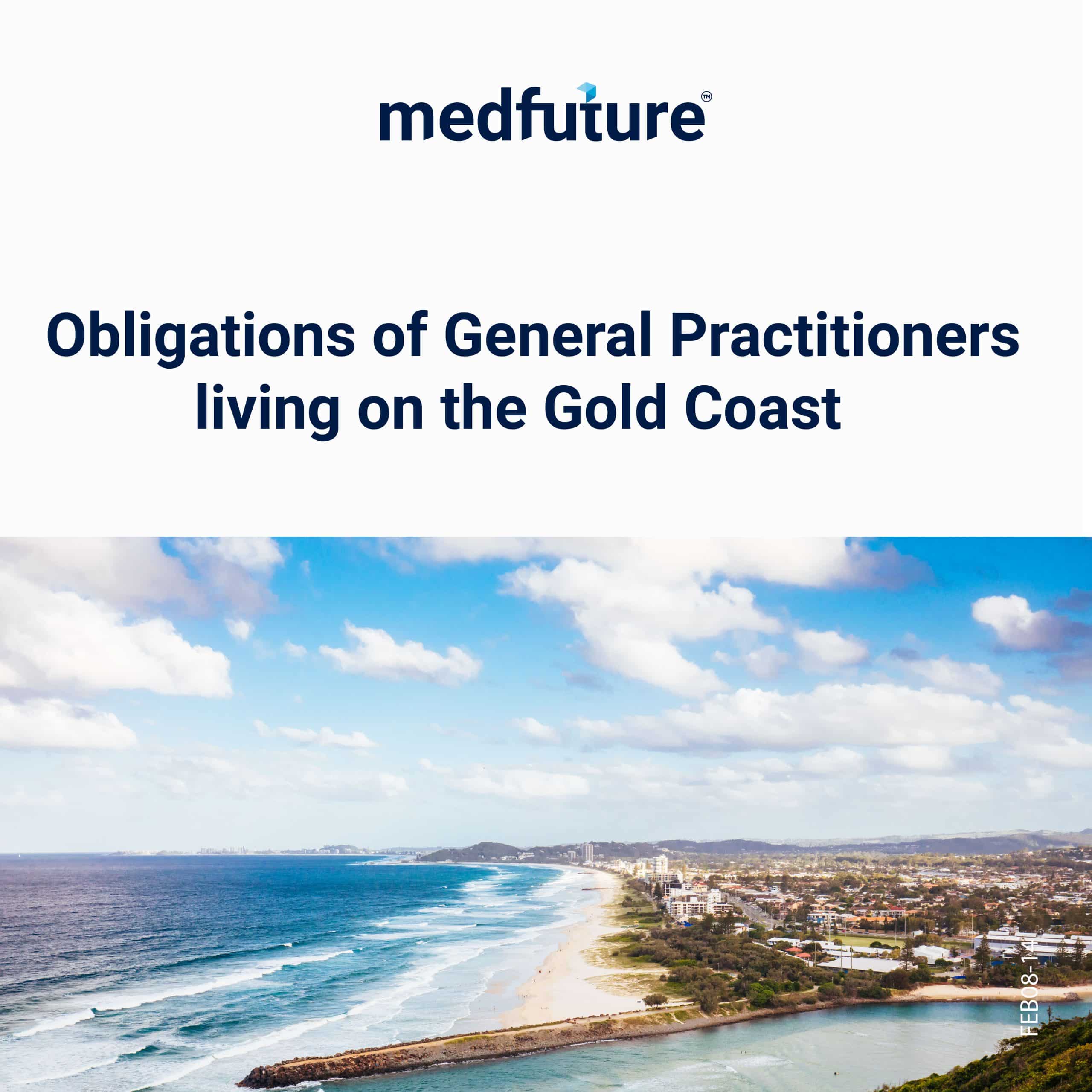Oral health is of essence in terms of the overall health status of an individual. Australia strives to provide equal health facilities to all citizens of the country. Oral health disparities in Australia are prominent especially due to the indigenous community living in the country. Here are some statistics and information on Aboriginal and Torres Strait Islander people oral health status.
As a reputed healthcare recruitment agency, Medfuture strives to connect the best dental health practitioners with reputed dental health organisations across Australia.
What contributes to poor oral health?
Several factors contribute to poor oral health including the following:
Excessive consumption of alcohol, tobacco, and sugar
Lack of fluoridation in certain water supplies
Lack of good dental hygiene and regular dental check-ups
Access to services, including affordability of private dental care and extended waiting times for public dental care
What is the impact of poor oral health?
The most common reasons for poor oral health are conditions that affect the tooth and gums such as tooth decay. These issues can destroy the tissues in the mouth and have a psychological impact on those who are affected by them. Tooth loss can lead to difficulties in swallowing, which can even impact nutrition. Poor nutrition can then lead to various other diseases.
Who are at a greater risk of poor oral health?
The following groups of people are at high risk of having poor oral health:
People with low incomes or who are socially-disadvantaged
These are people with low income or those who are receiving some sort of a government-sponsored income assistance. Individuals belonging to this category include homeless people, refugees, and people from linguistically and culturally diverse backgrounds.
Aboriginal and Torres Strait Islander Australians
A majority of the Aboriginal and Torres Islander Australians experience poor oral health, as untreated dental diseases are less likely to have gotten preventive dental care. The oral health situation of indigenous communities in Australia, is impacted by several factors and is unfavourable towards dental visiting patterns that are influenced by coast, and lack of accessibility and cultural awareness.
People living in remote regions in Australia
The oral health status of people living in remote areas are significantly lower than those living in the city. There are only a few dental practitioners working in these regions and the residents need to go a long distance to access quality oral healthcare facilities. Therefore, they are vulnerable to oral diseases like dry mouth which increases the chances of tooth decay. People in remote areas have less access to fluoridated drinking water and also has issues with the rising costs of healthy food.
People with specialised healthcare requirements
Individuals with physical, development and mental disabilities and those with complex medical needs are vulnerable to oral disease. Certain medications for these diseases may lead to a dry mouth that increases the risk of developing tooth decay. These individuals with disabilities and complex medical requirements have difficulties in accessing oral healthcare facilities, which could make the situation worse.
Why does oral health vary across Australia?
People living in some states have access to better quality healthcare services than those living in certain others states and territories. For example. Children living in the Northern Territory were found to have numerous oral diseases, including tooth decay, when compared to children living in other territories. These results in people of certain territories having oral health complexities and situations are influenced by several factors, including the following:
26% of the population in the Northern Territory are Aboriginal and Torres Strait Islander people and is the state with the highest population of these indigenous communities in Australia.
Tasmania records the highest proportion of individuals living in the lowest socioeconomic regions, which is 37%.
These variations in oral health statuses based on the varying territory populations are directly linked to each state’s oral health care funding, service models, and eligibility requirements. It can result in changes of patterns of dental visits among individual residents. Various campaigns related to oral health have also managed to have an impact on the oral health status of residents of these territories and states. For example, the oral health status of residents of Queensland has significantly improved since the government transferred the decision whether to fluoridate water supplies from state to local governments, which occurred in 2012. Being able to drink fluoridated water has drastically reduced the number of people with tooth decay in this state.
Aboriginal and Torres Strait Islander Health Performance Framework
Aboriginal and Torres Strait Islander people are more prone to oral health diseases and poor conditions due to multiple caries and untreated dental conditions.
The Aboriginal Torres Strait Islander Health Performance Framework (HPF) continues to provide valuable information about the key driving factors of the Australian health system regarding the indigenous communities and Indigenous Australians’ health outcomes. The framework was created to promote accountability and inform research and policy with regard to the health status of indigenous Australians.
The HPF and its related reports show the following data regarding the oral health status of the Aboriginal and Torres Strait Islander people:
58% of children belonging to Aboriginal and Torres Strait Islander community between the ages 0 and 14 had visited a dentist within the last 12 months.
19% of Australians belonging to indigenous communities has not visited a dentist in the last 12 months. Reasons for this includes lack of interest, being too busy, feeling afraid or embarrassed, and disliking service.
6% of individuals belonging to indigenous communities aged 15 and above were identified to suffer from tooth loss. Among them 45% have already lost at least one tooth.
Oral health outreach services for Aboriginal and Torres Strait Islander children in the Northern Territory
Poor oral health can impact many aspects of an individual’s life. It can have an impact on one’s physical and emotional wellbeing. The impact on children could be long term as it can continue to adulthood.
Oral health outreach services for the indigenous communities living in the Northern Territory were carried out between July 2012 and December 2022, which showed significant improvement in this aspect of the indigenous oral health status.
Lack of access to a healthy diet and social disadvantages are the main contributors towards poor health within the indigenous communities. The Australian government has been funding for oral health services for children below the age of 16 living in the Northern Territory, ever since 2007. The following are the programmes that were a result of this initiative:
The Northern Territory Remote Aboriginal Investment Oral Health Program (NTRAI OHP)
Northern Territory Government Child Oral Health Programme
Both programmes complement each other by providing preventive and clinical oral health services to children living in the Northern Territory.
Here are some statistics of the results of such programmes for children in the Northern Territory:
1319 children received fissure sealant procedures to teeth 5261 teeth in 1048 services. It is an increase of 1074 teeth when compared to 2020.
5118 children received 6422 complete mouth fluoride varnish services, which is an increase of 937 services from 2020.
2447 children received clinical services during 3026 clinical visits, including dental assessments, extracts, fillings, or preventive dental services. It is the same number of visits as 2020.
Oral health status of Australian Indigenous children
Between 2012 and 2014, children between the ages of 5 and 8 of Aboriginals and Torres Strait Islander people had an average of 6.3 decayed, filled, or missing tooth surfaces. The following are some statistics in relation to this:
The average number of decayed, filled, or missing tooth surfaces has increased and ranges from 0.8 dmfs in low-income families, to 3.1 dmfs in average-income families, and 8.1 in low-income families.
59% of children belonging to indigenous communities in Australia had at least one tooth with caries experience.
80% of children belonging to indigenous communities in Australia, who had last visited the dentist, were identified to have had at least a single tooth surface with caries experience.
Therefore, it is proven that poor oral health is directly linked to low social-economic status. Adults of low-income and socially-disadvantaged backgrounds have poor oral health than those who are from high-income backgrounds. Those from low-income backgrounds also show higher rates of untreated tooth decay. It proves the fact that there are oral health disparities in Australia. Measures have been and are continuously being imposed to change this situation in oral health status of citizens of the country.
For jobs in Oral health contact Medfuture! Medfuture helps connect qualified and skilled dentists with reputed oral health care organisations across Australia. It meanly focuses on connected these professionals with organisations that work on promoting oral health in rural and remote regions in Australia. Visit the Medfuture website to view the list of latest dental jobs in Australia.





